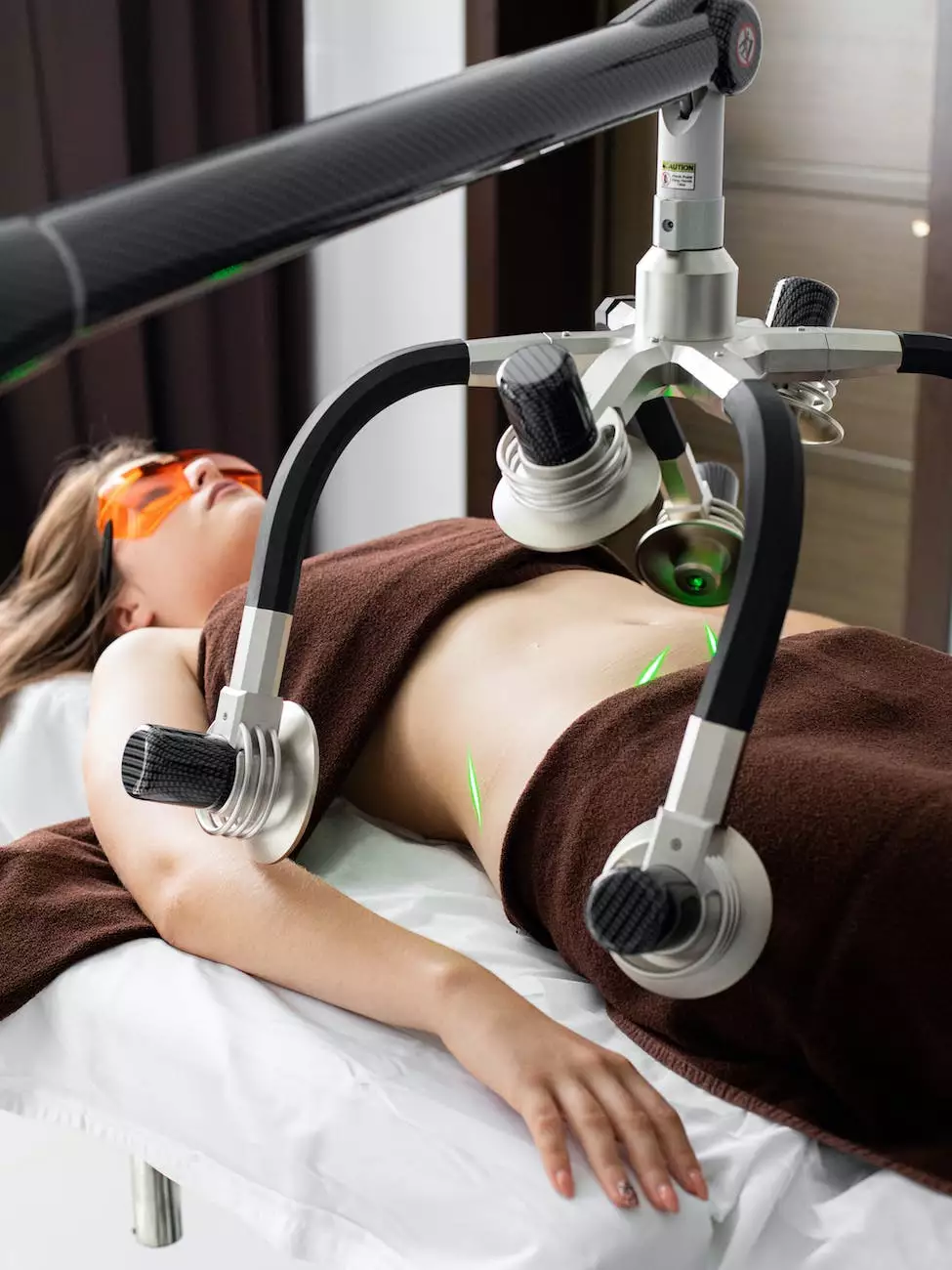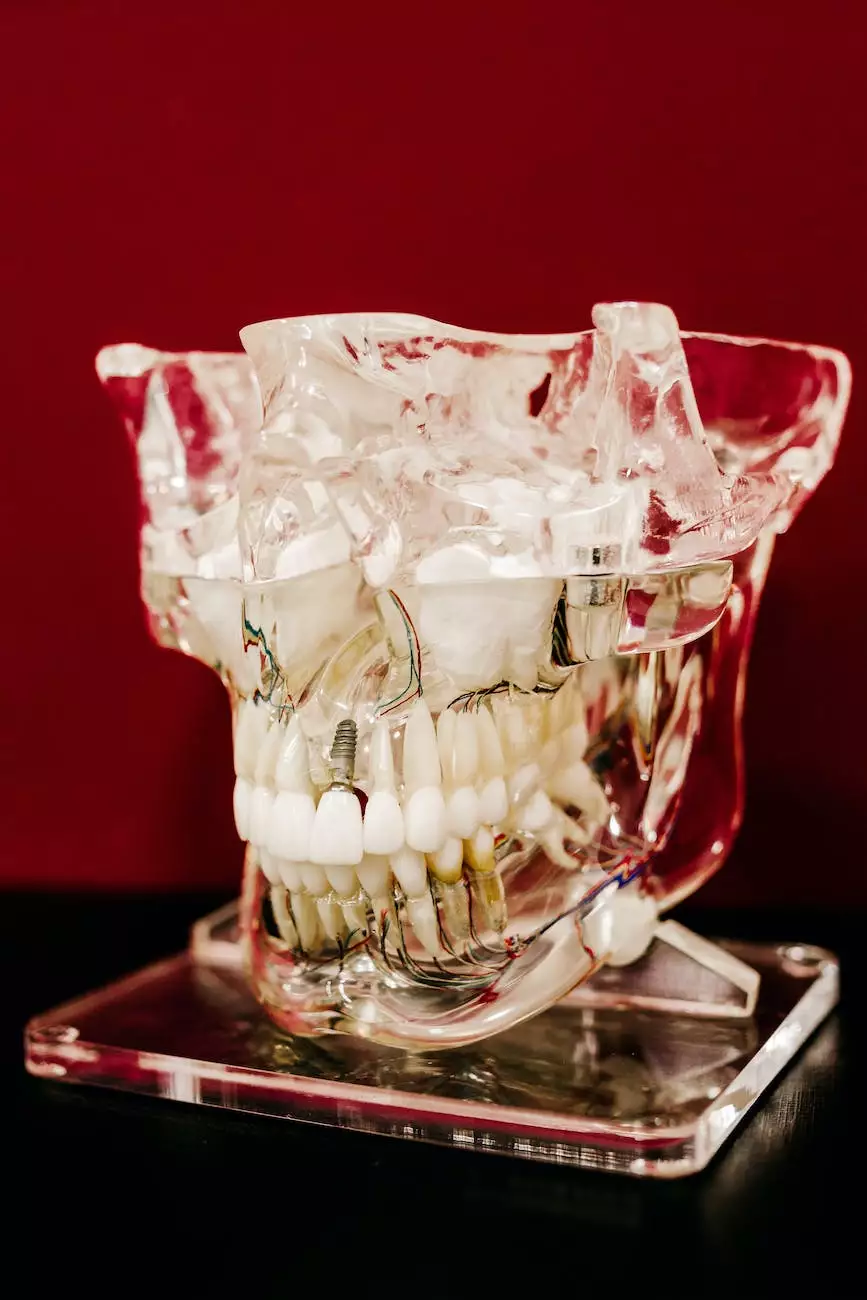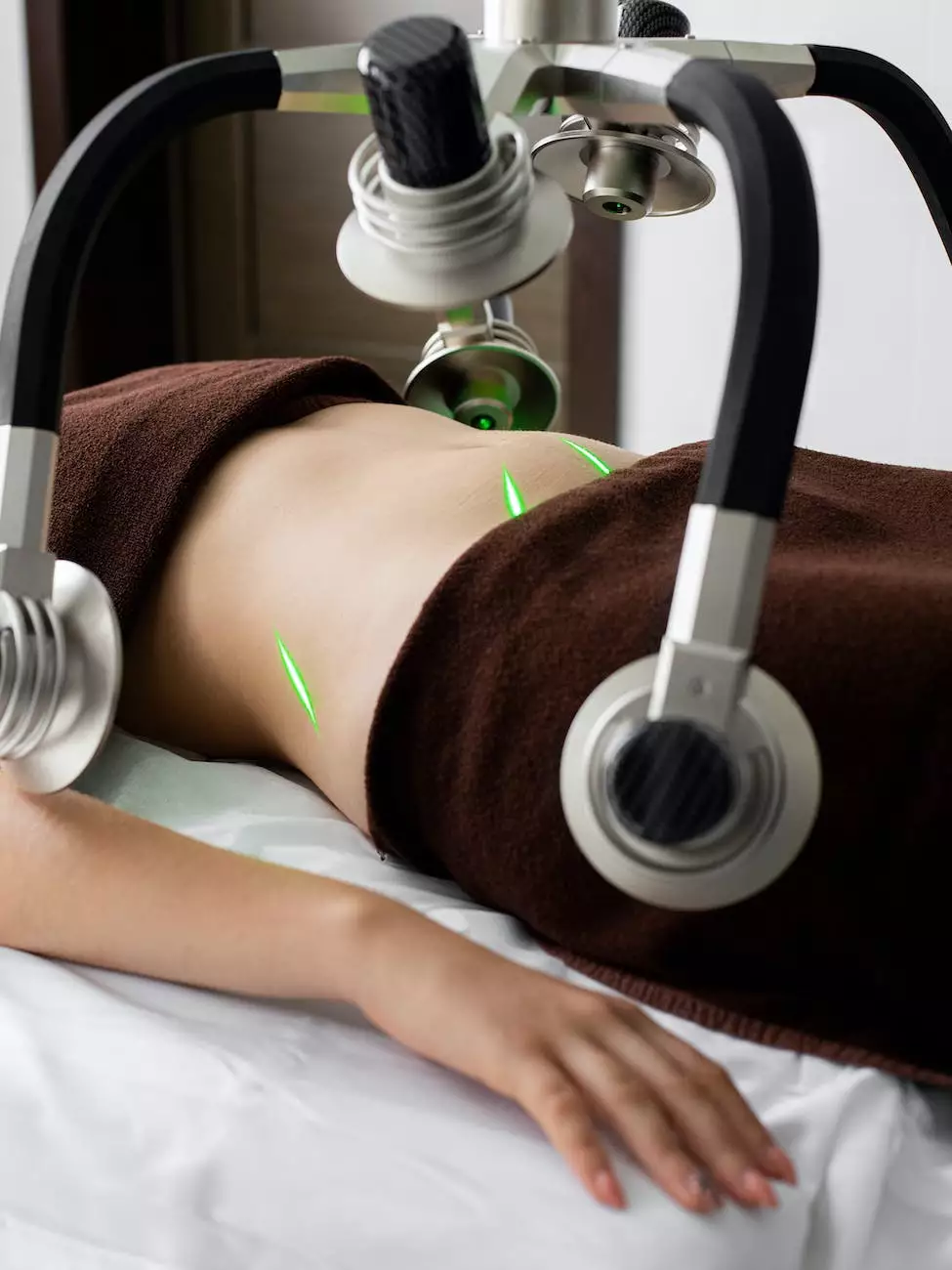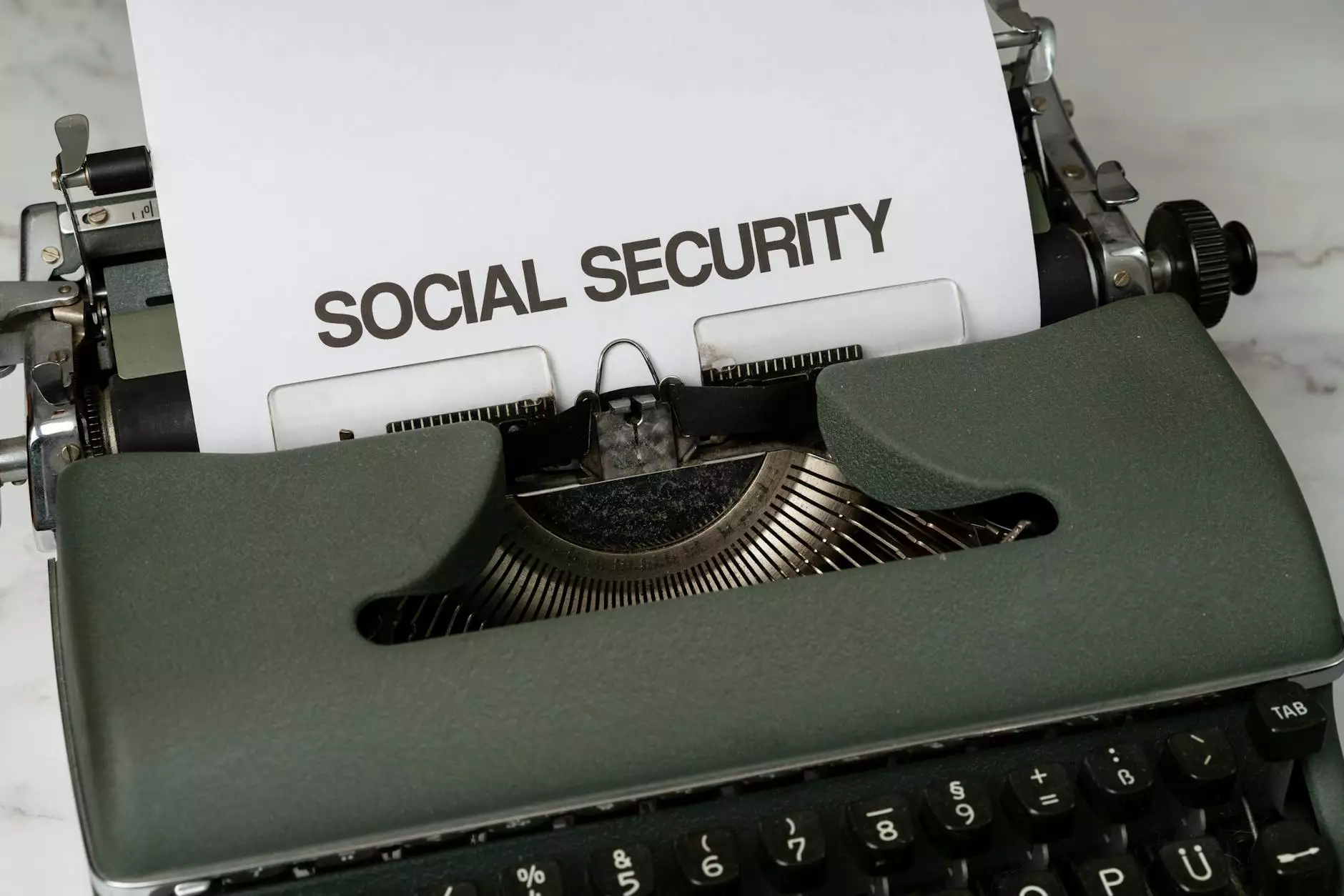Timely Tips for First-Degree Burns - Piedmont HealthCare
Piedmont HealthCare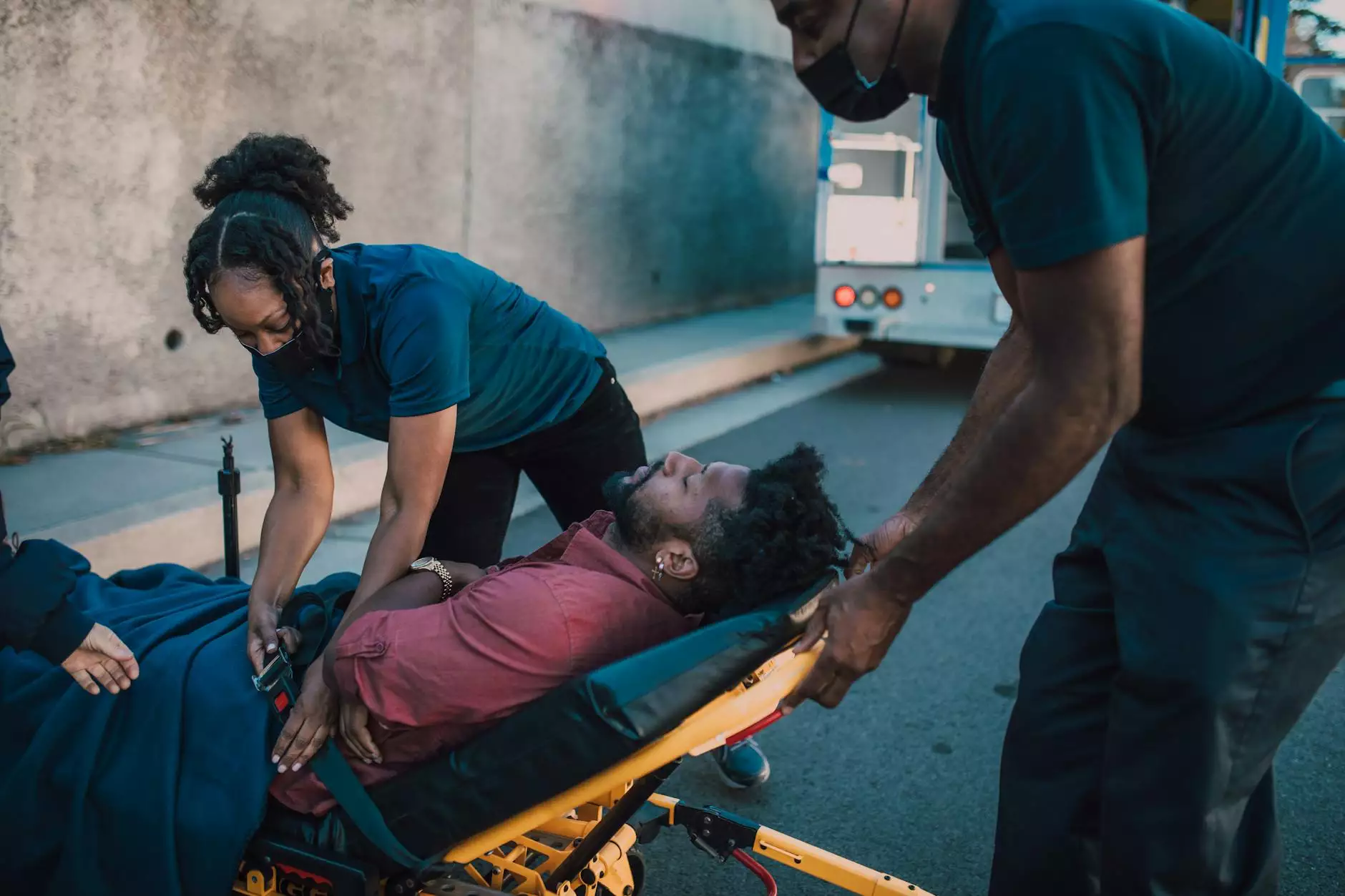
Introduction
Welcome to Bowling Orthopaedics, your trusted health resource in the Piedmont region. In this informative guide, we provide timely tips for managing and treating first-degree burns. As a leader in orthopaedics and general health, we strive to offer comprehensive content that helps you make informed decisions about your well-being.
What are First-Degree Burns?
First-degree burns, also known as superficial burns, are the mildest form of burns that only affect the outermost layer of the skin. These burns typically result from exposure to hot objects, liquids, or brief contact with flames. Although first-degree burns can be painful, they often heal within a week without leaving scars.
Immediate First Aid Measures
When you experience a first-degree burn, it's important to take immediate action to minimize damage and promote healing. Here are some helpful first aid measures:
- Cool the burn gently: Run cool (not cold) water over the affected area for at least ten minutes to soothe the burn and prevent further injury.
- Cover with a sterile dressing: After cooling the burn, cover it with a clean, non-stick bandage to protect the area from dirt and bacteria.
- Avoid using adhesive bandages directly on the burn: Adhesive bandages can stick to the wound and cause complications during the healing process.
- Take over-the-counter pain relievers: Nonsteroidal anti-inflammatory drugs (NSAIDs), such as ibuprofen, can help manage pain and reduce inflammation.
Treating First-Degree Burns at Home
While most first-degree burns can be treated at home, it's essential to monitor the burn closely and seek medical attention if it worsens or shows signs of infection. For effective at-home care, consider the following:
- Keep the burn clean: Gently wash the burn daily with mild soap and water. Avoid scrubbing the area as it may cause further damage.
- Apply an antibiotic ointment: To prevent infection, apply a thin layer of over-the-counter antibiotic ointment on the burn before covering it with a clean dressing.
- Avoid popping blisters: If blisters form, leave them intact as they act as natural protective barriers against infection.
- Use non-stick dressings: When changing dressings, opt for non-stick options to prevent sticking and promote healing.
When to Seek Medical Attention
While most first-degree burns heal without complications, certain situations warrant professional medical help. Seek immediate medical attention if:
- The burn covers a large area or affects sensitive body parts, such as the face, hands, feet, or genitals.
- The burn becomes increasingly painful or shows signs of infection, such as redness, swelling, pus, or excessive discharge.
- You experience signs of systemic infection, including fever, chills, or elevated heart rate.
Preventing First-Degree Burns
Preventing first-degree burns is always better than treating them. Follow these preventive measures to minimize the risk of burns:
- Handle hot liquids and objects with caution: Always use proper protective equipment, such as oven mitts, when handling hot items to prevent accidental contact with the skin.
- Supervise children around potential burn hazards: Children should be closely monitored when near stoves, fireplaces, or other sources of heat.
- Test bathwater before use: Before stepping into a bath or shower, check the water temperature to avoid scalding incidents.
- Install smoke alarms and fire extinguishers: Ensure your living spaces are equipped with functioning smoke alarms and fire extinguishers in case of fire emergencies.
Conclusion
In conclusion, first-degree burns are common but manageable injuries that often heal without complications. By following the timely tips and first aid measures provided in this guide, you can effectively treat first-degree burns at home. Remember to seek medical attention when necessary and take preventive measures to avoid future burns. Trust Bowling Orthopaedics as your go-to resource for comprehensive health information and orthopaedic care in the Piedmont region.
Disclaimer: The content provided on this page is for informational purposes only and should not be considered medical advice. Always consult with a qualified healthcare professional for accurate diagnosis and appropriate treatment options based on your individual needs.




